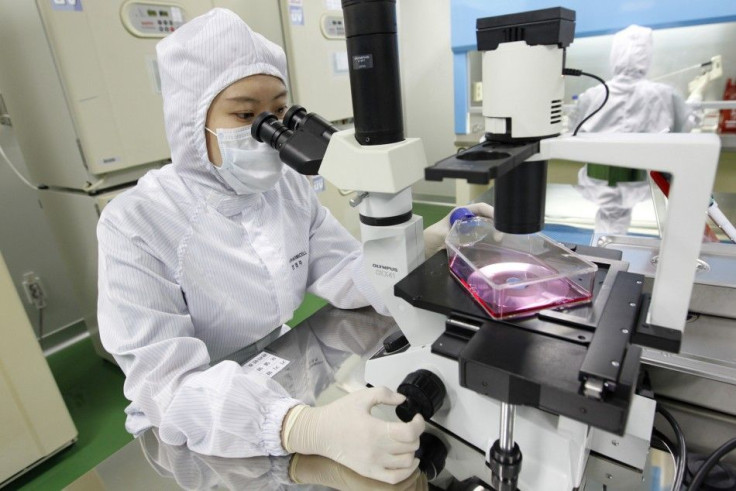Antibiotic Resistance is an Old Problem

Resistance to antibiotics is something that has frustrated scientists for decades; it turns out the problem is an ancient phenomenon.
Researchers from McMaster University in Hamilton, Ont. recently discovered antibiotic resistance that has been around for at least 30,000 years. The research studied soil frozen in 30,000-year-old permafrost from the Yukon to unveil how resistance predates modern clinical antibiotic use.
Antibiotic resistance is seen as a current problem and the fact that antibiotics are becoming less effective because of resistance spreading in hospitals is a known fact. The big question is where does all of this resistance come from? said Gerry Wright, scientific director of the Michael G. DeGroote Institute for Infectious Disease Research and Hendrik Poinar.
Wright is a evolutionary geneticist and associate professor of anthropology at McMaster. He was able to isolate the DNA and isolate it in McMaster's Ancient DNA Centre. From there, Wright and his team used state-of-the-art molecular biological techniques to tease out small stretches of ancient DNA.
This is where Wright and his team discovered that antibiotic resistant genes existed 30,000 years ago, encoded in the DNA of living beings from that era such as mammoths, horse and bison as well as plants. Specifically, the team focused on antibiotic resistance to the drug vancomycin.
We identified that these genes were present in the permafrost at depths consistent with the age of the other DNAs, such as the mammoth. Brian Golding of McMaster's Department of Biology showed that these were not contemporary, but formed part of the same family tree. We then recreated the gene product in the lab, purified its protein and showed that it had the same activity and structure then as it does now, Wright said.
Wright says this could help researchers understand antibiotic resistance and the problems it poses. He also says it proves how producing a drug that won't be susceptible to resistance is a pipe dream.
These things are part of our natural world and therefore we need to be incredibly careful in how we use them. Microorganisms have figured out a way of how to get around them well before we even figured out how to use them, Wright said.
Wright, whose work on ancient antibiotic resistance was published in a recent issue of Nature, is aiming to look back even further to a million years ago for his next project on antibiotic resistance.
Follow Gabriel Perna on Twitter at @GabrielSPerna
© Copyright IBTimes 2025. All rights reserved.





















